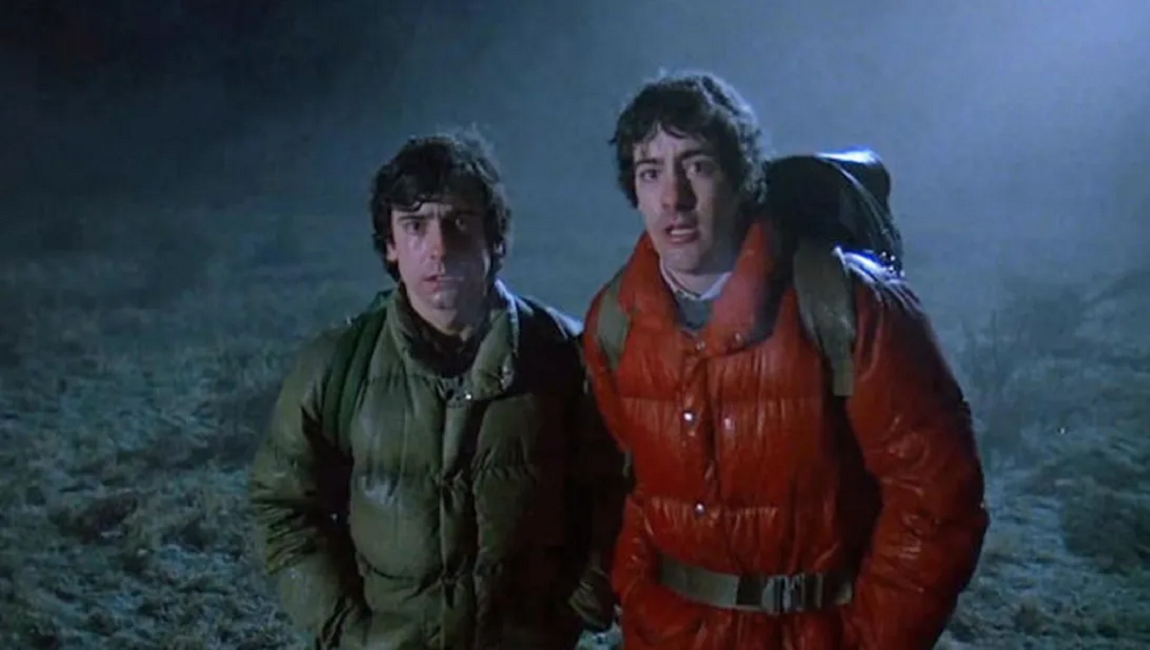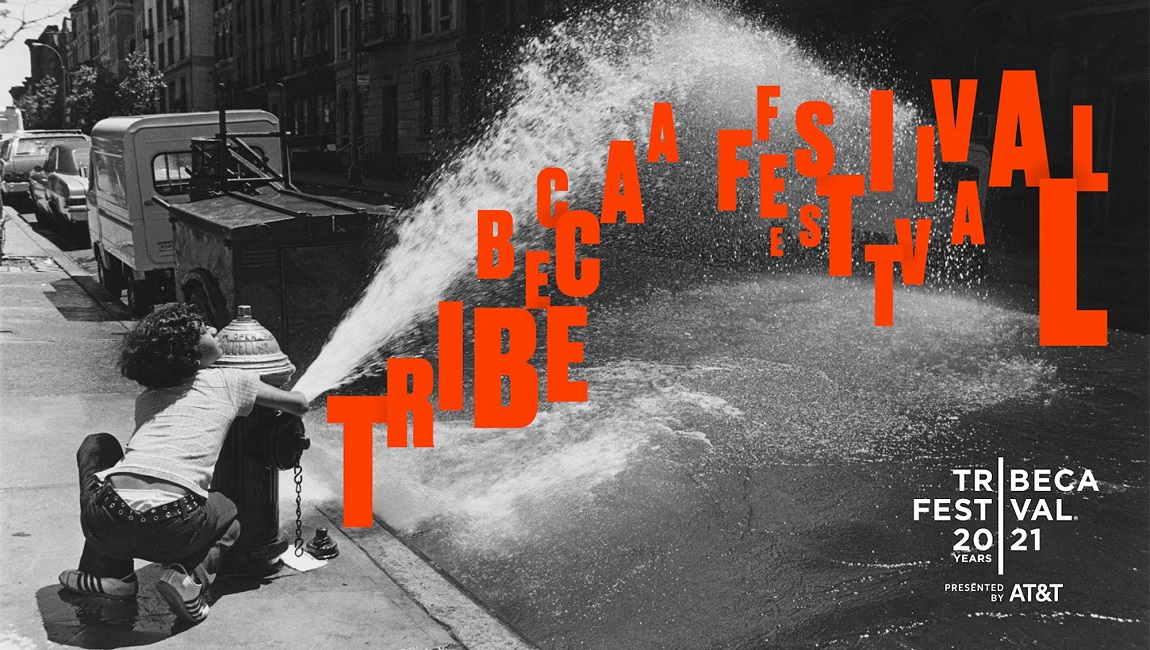The Halt is another epic and epically long Lav Diaz effort, one that might be his most accessible work yet.
When dealing with Lav Diaz, one must first grapple with that most obvious stumbling block: the length of the films. Undoubtedly, these four- or five- or even 11-hour runtimes have kept him confined largely to the insular world of film festivals, never mind that “binge watching” is now a commonly accepted leisure activity. One is reminded of Robin Wood’s writings on Rivette, another experimentally-inclined iconoclast who toyed with narrative expectations and frequently delivered films in excess of three or four hours. As Wood observed, “the… length of the films, then, represents an act of cultural transgression. The question, ‘Why this length?,’ should immediately provoke a reciprocal one: why the standard length? Why should we automatically expect our movies to last between 90 minutes and two hours, feel cheated if they are less and demand particular justifications if they are more?” Wood settles on the “time equals money” axiom, and by linking narrative length to capital, he is making an explicitly political connection — the mere existence of Diaz’s films, it then follows, is an inherently a political act. Indeed, deciding to engage with Diaz in good faith means accepting a certain moral seriousness on his part, although this should not suggest that the films are mere “cultural vegetables,” a term that (along with “slow cinema”) tends to flatten conversations rather than enhance them. Despite the near-5-hour runtime, The Halt might very well be Diaz’s most accessible work. Set in 2034, three years after cataclysmic volcanic eruptions have engulfed the world in permanent darkness and a flu epidemic dubbed “the Dark Killer” has dispatched with tens of millions of Southeast Asians, The Halt functions largely in the familiar realm of dystopian sci-fi, albeit rendered here in extremely low-budget fashion.
In the Manila of 2034, President Nirvana Navarro (Joel Lamangan) is the center of the universe, with all of the film’s other characters and narrative strands orbiting around this one outsized presence. An obvious stand-in for past Filipino president Ferdinand Marcos and current president Rodrigo Duterte, Navarro is a madman who feeds dissidents to his pet crocodiles and believes he speaks directly to God. He’s protected by two Special Forces officers, Marissa (Mara Lopez) and Martha (Hazel Orencio), both true believers who nevertheless begin to disagree over how seriously to take Navarro’s increasingly bizarre proclamations. Then there’s Haminilda (Shaina Magdayao), a sex worker whom Marissa frequently visits, and Dr. Jean Hadoro (Pinky Amador), an author and self-help guru who specializes in recovering repressed memories and who has taken Haminilda on as a kind of special project. There’s also Hook Torollo (Piolo Pascual), a freedom fighter who used to be part of Navarro’s military death squads but now seeks to assassinate his former boss. And there’s all manner of plot digressions and narrative cul-de-sacs, as the story expands and contracts in fascinating ways. It’s not until after the film’s halfway point that Navarro’s master plan is introduced — a genocidal campaign to wipe out his enemies, real and imagined, with targeted gas attacks, giving a firmer shape to the narrative. Diaz typically eschews standard cross-cutting techniques, instead spending long chunks of time with each individual, giving even the film’s ostensible villains a certain autonomy and inner-life.
There’s nothing particularly cryptic about Diaz’s narrative, but there is a lot of it, as the film’s epic runtime gives him ample space to sketch out this speculative future and populate it with these fascinating characters. One of his go-to moves is to introduce a figure or scenario and then explain who they are or what has happened much later in the film, forcing viewers to retroactively piece together plot points and motivations. It’s an engaging strategy, creating an air of mystery around the sometimes quotidian mise en scène, which vacillates wildly between dense, shadowy compositions and spare, anonymous interiors. One early scene shows a shootout between military and opposition forces, although we won’t understand its significance for another hour or so. Haminilda is the first character to be introduced, but we don’t learn anything concrete about her character until near the end of the film. Even her trysts with Marissa are filmed in an elliptical manner, their relationship unclear for long stretches. The death of at least one major character takes place entirely offscreen, while Diaz instead focuses on odd detours.
Any comparisons to Godard’s Alphaville are clearly intended, both films visualizing a vaguely apocalyptic future by filming the present in black and white, defamiliarizing the familiar by shrouding it in darkness and rain. Like all of Diaz’s work, The Halt manages to be both minimalist and maximalist simultaneously, a tension that energizes the film through some of its slower passages. It’s a bravura work, less mannered than his previous Season of the Devil and not as ponderous as Norte, the End of History, still his best-known effort. One dares suggest that The Halt is even entertaining, inasmuch as its adventurous approach to storytelling offers ample rewards to willing viewers. To compare it to an analogous viewing experience for the binge-heavy present moment: it’s certainly more interesting and a worthier investment than a 10-hour stretch of some Netflix show that’ll be forgotten in a week’s time.
You can currently stream Lav Diaz’s The Halt on Mubi.







